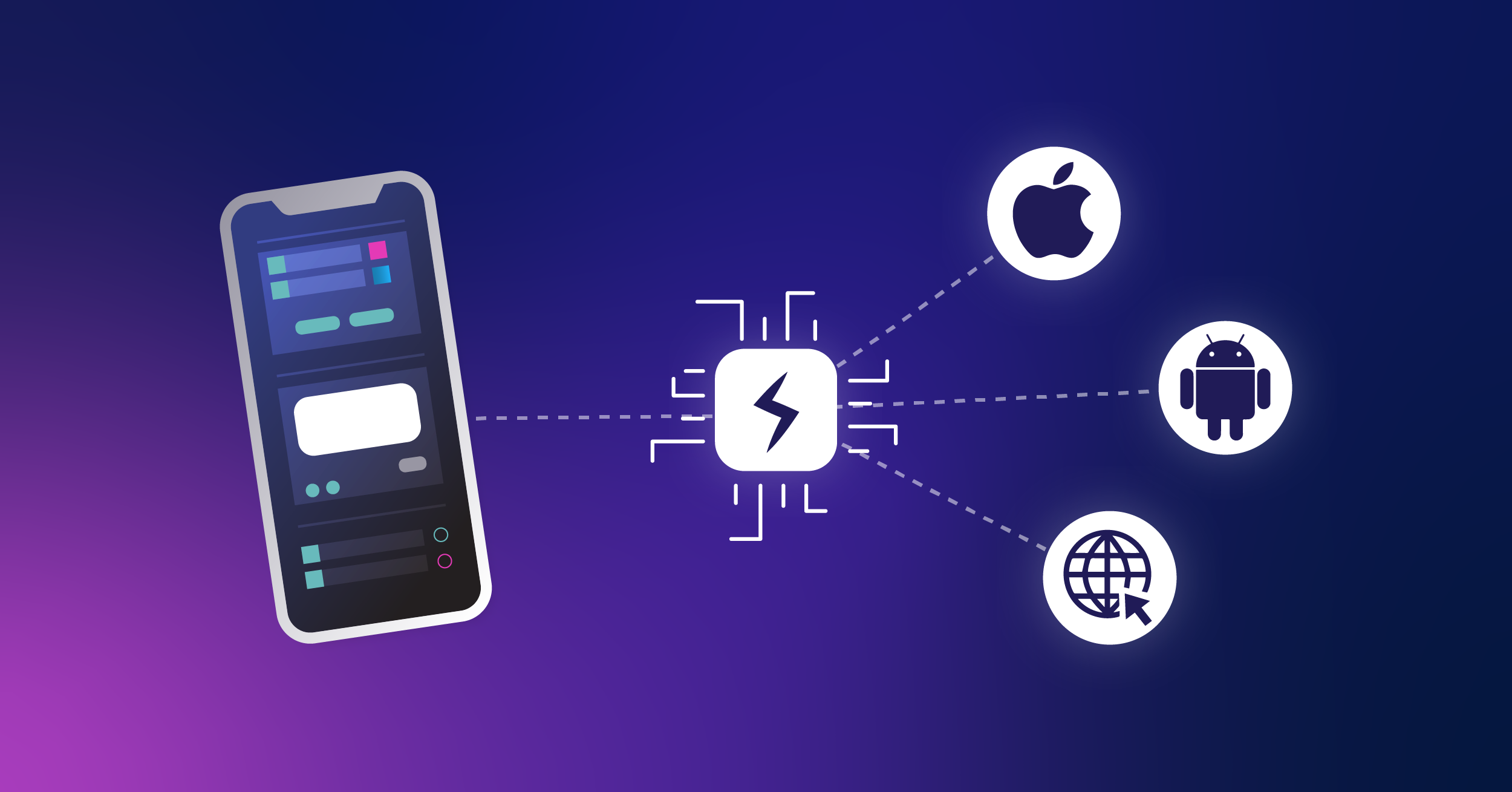Accelerate Your Software Development with Automation

Building a great digital user experience comes with inherent challenges. The more places where a customer can experience your product, the more testing that’s required. The pace of progress and improvements can be tied directly to proper quality analysis: Move too fast, and ship bugs that create a less-than-optimal user experience; too slow, and risk customers becoming impatient.
Nimbleness and rapid time-to-release of new features and content are the hallmark of a digitally-mature organization. However, rush jobs can lead to flaws in the experience, which can harm brand reputation. Enter automated testing.
Automated tests can minimize regression bugs, enabling teams to rapidly deliver higher quality experiences and products. It enables reliable, consistent retesting, which saves time and effort for repetitive executions. This high level of reuse and rapid test execution helps improve the long-term total cost of ownership of a digital asset, increases mitigation of risks, and enables nimbleness and agility for our clients.
What is Automated Testing?
Test automation refers to the practice of using automated tools and frameworks to perform testing activities on digital experiences, products, and applications. It involves the use of software tools to execute pre-scripted tests on the application, compare actual results with expected results, and generate reports on the test outcomes.
Test automation is often used to validate backend APIs and services, but can also be used to test the user experience through automated test scripts that simulate user interactions, such as clicking buttons, entering data, navigating through screens, and validating the output. Together, these scripts are designed to cover various scenarios and types of testing, including functional testing, regression testing, performance testing, and compatibility testing.
Benefits of Automated Testing
A full suite of automated tests helps ensure the quality, reliability, and consistency of user experiences across various platforms, devices, and user interactions, and at the same time streamlines the testing process, reduces human effort, and increases the overall efficiency and effectiveness of testing. This in turn enables organizations to accelerate their development and release cycles, identify bugs and issues earlier in the development process, and ensure a consistent and high-quality user experience. It also allows for continuous integration and delivery practices, where tests can be executed automatically as part of the build and deployment pipeline.
Total Cost of Ownership
As an application grows, software updates and new feature implementations can introduce unintended regressions in the existing functionality. Automated regression tests can be executed quickly and repeatedly to ensure existing functionality continues to function as intended after changes are made. By automating regression testing, the risk of introducing costly defects and the need for extensive manual retesting are minimized. Automated regression reduces cost of manual labor for repeated releases.
For a large grocery client, we automated 1700 test cases, reducing manual testing efforts by 70% while saving $100,000 in manual testing costs.
Risk Mitigation
Bugs escaping into production are more costly to fix in terms of time, money, and effort. While manual testing provides the best path to truly test the experience and validate happy paths and key error conditions, it is impossible to manually test all paths through any reasonable experience or product. Relying solely on manual testing is risky.
Automation allows for increased coverage of different system paths, inputs, and user scenarios. It also ensures that more business requirements are confirmed and that more bugs can be surfaced. For example, a commerce site that allows adding items to a shopping cart for checkout would require automated tests that would ensure that the payment gateway integration is functioning correctly. By implementing and regularly executing this automated test, the development team can proactively reduce the risk associated with payment gateway integration, ensuring a smooth and secure transaction process for users.
Nimbleness and Agility
Automation tools work faster than humans in terms of parallel execution with higher accuracy. With automated testing, teams can be more confident in making and deploying rapid changes. As software systems grow in complexity and scale, manual testing becomes increasingly challenging and expensive. Automated tests provide a scalable solution by executing a large number of tests across different configurations and environments. Additionally, maintaining automated test suites becomes more cost-effective over time as they can be easily updated and extended to accommodate system changes.
When Do You Need Test Automation?
Automation is essential to agility and a key support for co-innovation, and as such, there are several use cases for automated testing. Consider the following environments:
- Content Management System (CMS): verify changes across all browser platforms in a large-scale web experience
- Headless/Composable CMS: Validate content rendering as well as the functionality that is serving that content
- Commerce System: Automate around critical cart and checkout functionality and APIs that could lead to lost revenue if broken
- Mobile: APIs as well as functionality within the mobile app itself
- Complex Integrations / APIs: Any time a back-end system is interfacing with another back-end system, or the front-end is calling multiple back-ends, automate around those interfaces to enable independent releases of different systems
Some organizations view automated testing as additional cost and time, but when done properly, it actually saves money and time for experiences that are regularly updated and changed. For key business and revenue-driving functions—such as purchasing goods, registering, or placing reservations—automation can give confidence to your organization that these functions remain functional while also allowing you to accelerate your software development.


